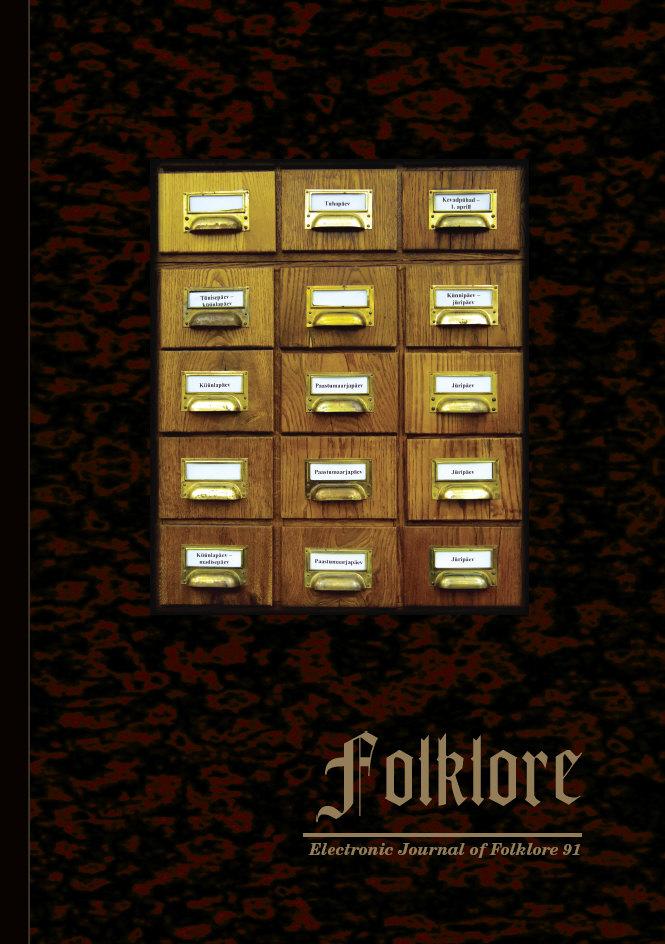How to Participate in Participatory Music Making at a Contemporary Folk Music Festival: Runosong Nests at the Viljandi Folk Music Festival and Pelimanni Evenings at the Kaustinen Folk Music Festival
How to Participate in Participatory Music Making at a Contemporary Folk Music Festival: Runosong Nests at the Viljandi Folk Music Festival and Pelimanni Evenings at the Kaustinen Folk Music Festival
Author(s): Helen KõmmusSubject(s): Cultural history, Customs / Folklore, Music, Cultural Anthropology / Ethnology, Culture and social structure
Published by: Eesti Kirjandusmuuseum
Keywords: participatory music making; folk music festival; ethnomusicology; musical behaviour; empirical fieldwork;
Summary/Abstract: The article studies, compares and analyses participatory music making at Estonian and Finnish folk music festivals. By comparing the empirical research materials collected during comprehensive fieldwork in 2004–2019 from the regilaulupesa (Eng. runosong nest) of the Viljandi Folk Music Festival (Est. Viljandi pärimusmuusika festival) in Estonia and from the pelimanni (Eng. folk musician, fiddler) evenings of the Kaustinen Folk Music Festival (Fin. Kaustisen kansanmusiikkijuhlat) in Finland, answers were sought to the following questions: What kind of participatory music making takes place at these folk music festivals? What are the social dynamics between and within the groups and individuals in participatory music making situations? How are the primary and secondary functions of music making formed? As a result of the qualitative comparative phenomenological research, it was found that although in participatory music situations at Estonian and Finnish folk music festivals the musical behaviour of participants and the social dynamics of groups could differ radically, they still strive for direct musical experience at a community and personal level and bring the older musical tradition closer to the contemporary people. During participatory music making the secondary function, that is, musical behaviour directed outside the group, could turn naturally into a primary function – musical activity that unites the community and fulfils its internal needs. Situations of participatory music making at Estonian and Finnish contemporary music festivals revealed the common music making as a cultural, social, creative, and emotional phenomenon which has symbolic and direct connections with traditional Finnic folk music culture.
Journal: Folklore: Electronic Journal of Folklore
- Issue Year: 2023
- Issue No: 91
- Page Range: 141-164
- Page Count: 24
- Language: English

